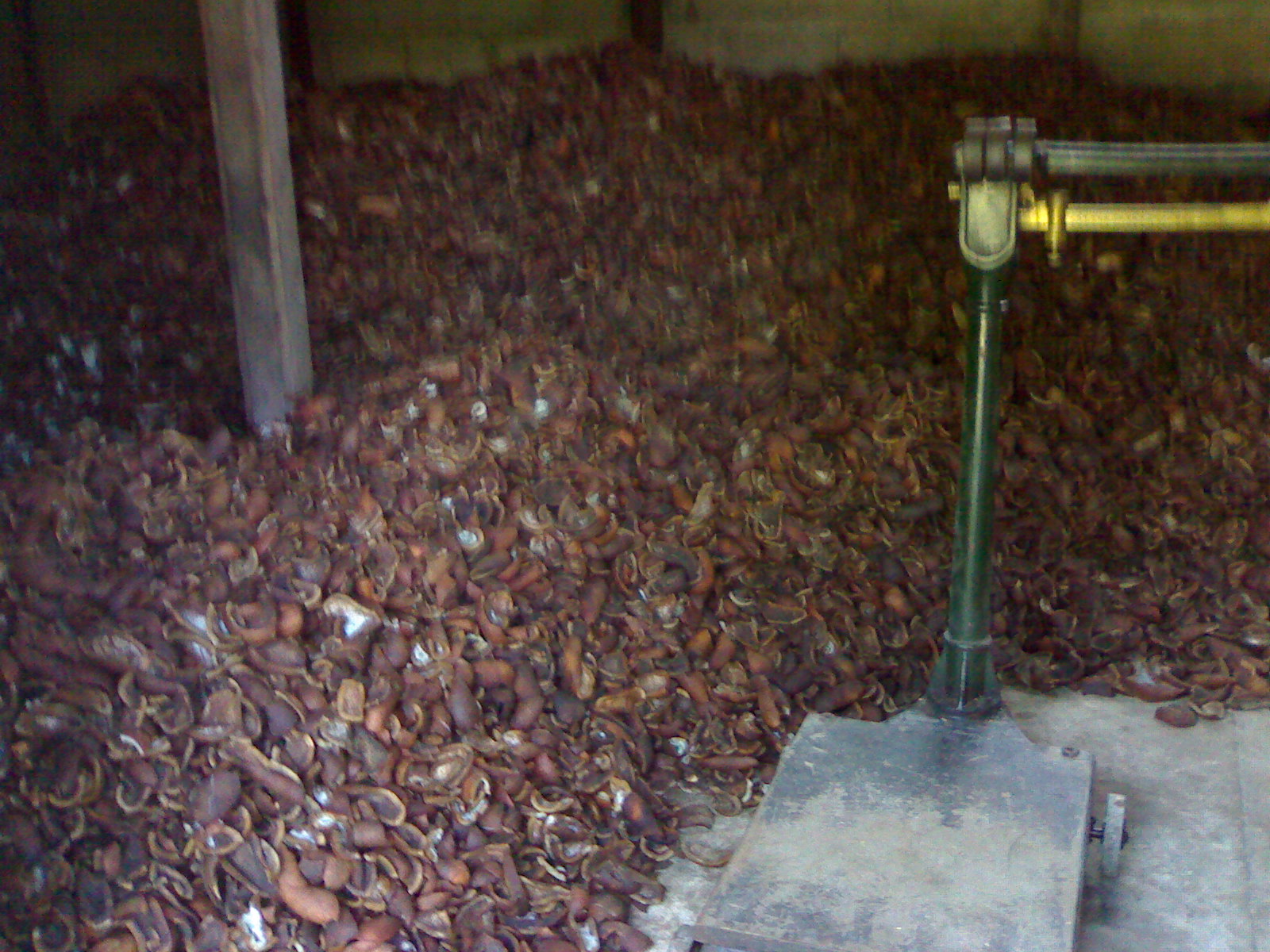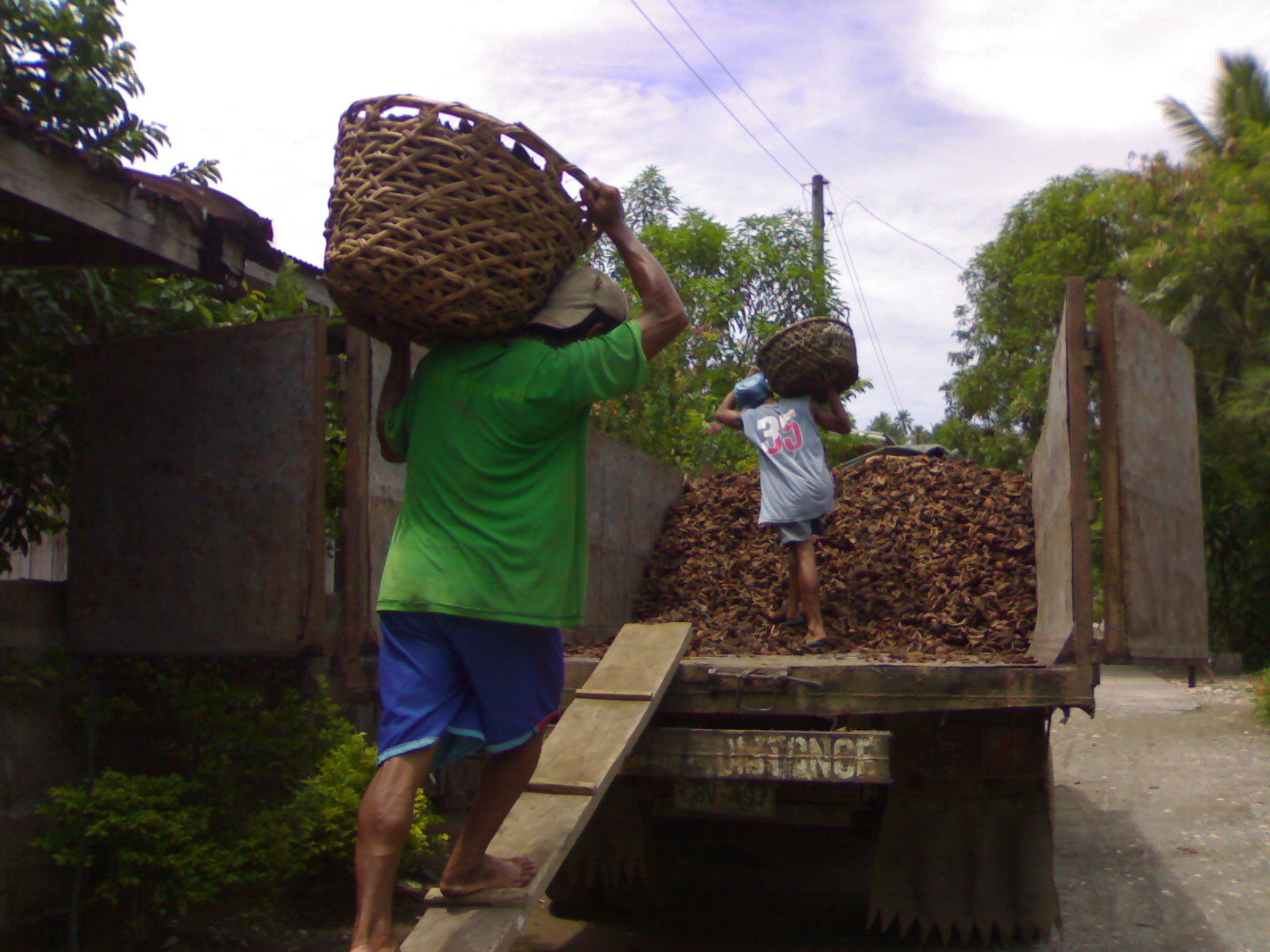 I was in the city and a new acquaintance and I were idly chatting one long and lazy afternoon.
I was in the city and a new acquaintance and I were idly chatting one long and lazy afternoon."So, your family has coconut farms. So what do you actually produce?", he asked me. "We produce copra", I replied as a matter of fact. As I already expected, he scratched his head in bewilderment and out came the inevitable question.
"What the hell is that?"
I had grown up with the sight, sound, feel and touch of coconuts and copra so I am often at a great loss when faced with the task of trying to explain and describe this cash crop to people whose only knowledge of coconuts is often restricted to the buko juice and meat they sample with great relish on rare occasions or to the tame, often fruitless and largely decorative coconut trees seen in many of the beach resorts the urban hordes flock to when they have the time and the money to burn.
Little do they know how many of the household products and food items they have on their homes either contain coconut oil or are produced with the use of such oil or a component or derivative of it. Together with palm trees and soybeans, the humble coconut is one of the world's primary sources of vegetable oil and without the country's coconut farmers, the nation and world would be in great trouble indeed.
Copra is one of the province of Surigao del Sur's primary agricultural cash crops and in most the communities and towns that dot its entire length, thousands of farming families are heavily dependent on the coconut industry for their livelihoods. It is their primary source of income and economic support.
The making of copra from the meat of mature coconuts is a long, tedious, dirty and labor intensive process. From the climbers who have to clamber up each tree and manually select the nuts suitable for harvesting to the laborers who have to clean and split the nuts open and then crape the meat off for curing in makeshift curing huts, the effort that goes into the production of the finished, salable product is extensive and costly.
 Yet the money the average coconut farmer earns per hectare of coconut land is a mere pittance. Big businessmen and copra traders buy the finished copra at rock bottom prices and then trade or sell them at a huge profit thus leaving the unfortunate farmers always at the losing end of an unfair and obviously exploitative economic relationship.
Yet the money the average coconut farmer earns per hectare of coconut land is a mere pittance. Big businessmen and copra traders buy the finished copra at rock bottom prices and then trade or sell them at a huge profit thus leaving the unfortunate farmers always at the losing end of an unfair and obviously exploitative economic relationship.Yet the men and their families who continue toil and struggle in the coconut plantations and farms all over the province and all over the country constitute a significant portion of the country's agriculture sector. Inspite of that however, they remain essentially voiceless, ruthlessly exploited and miserably ignored even by the government supposedly tasked with the responsibility to look after their welfare and well-being as an integral component of the country's agricultural industry.
So I tried to explain in detail to my new friend the copra making process and the state of the copra industry in my province and the country. To his credit, he did try to really listen and understand but in the end his interest wavered and flagged.
I do not blame him, of course, for his lack of interest. The true and real essence of the coconut industry is not in the finished products and items that copra is a part of. It is in the people in the far, distant and remote farms in the countryside who continue to live their lives and make a lving beneath the fronds of the tree they call the "tree of life".
It is their faces and bodies, stained with sweat colored by the dirt from the lumps of dark-brown, foul smelling and insect-infested coconut meat roasting in the curing huts that flash in my mind when I hear talk about the coconut industry. Call me sentimental but then I would not care less.
There are a lot of people apparently out there who would not be able to call a coconut nut just that......even if it hits them on the head.
No comments:
Post a Comment